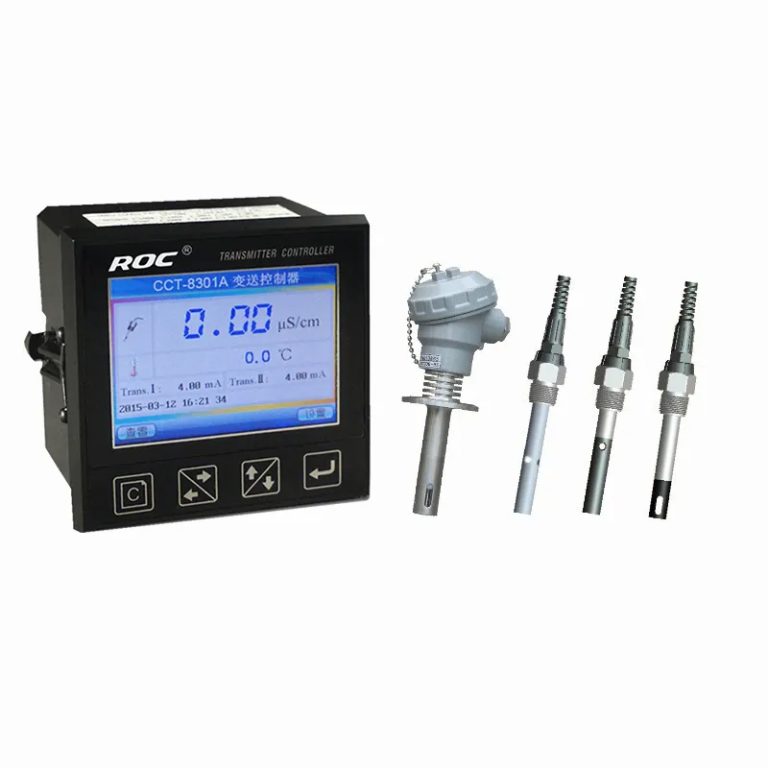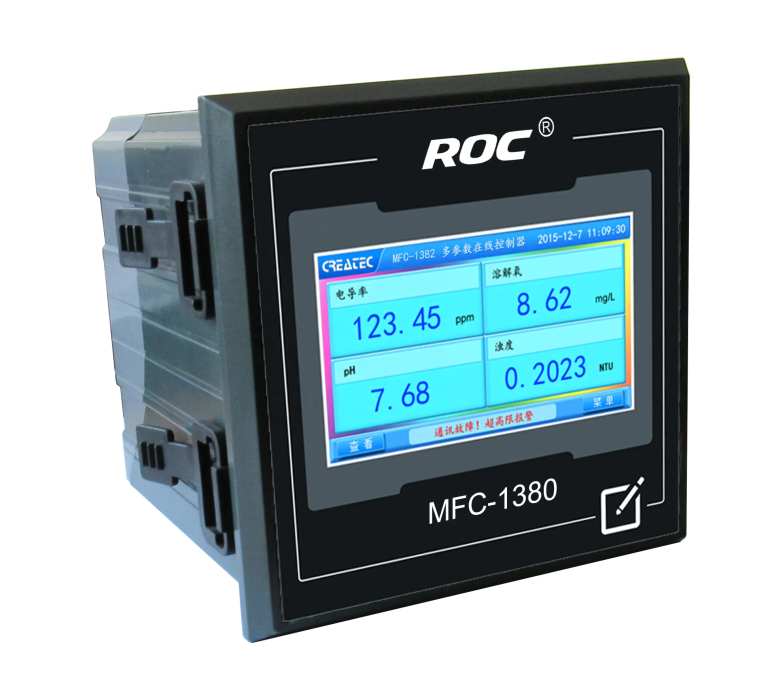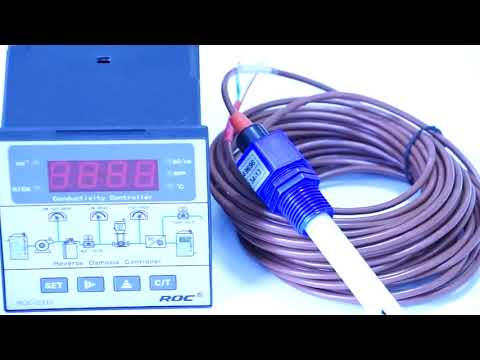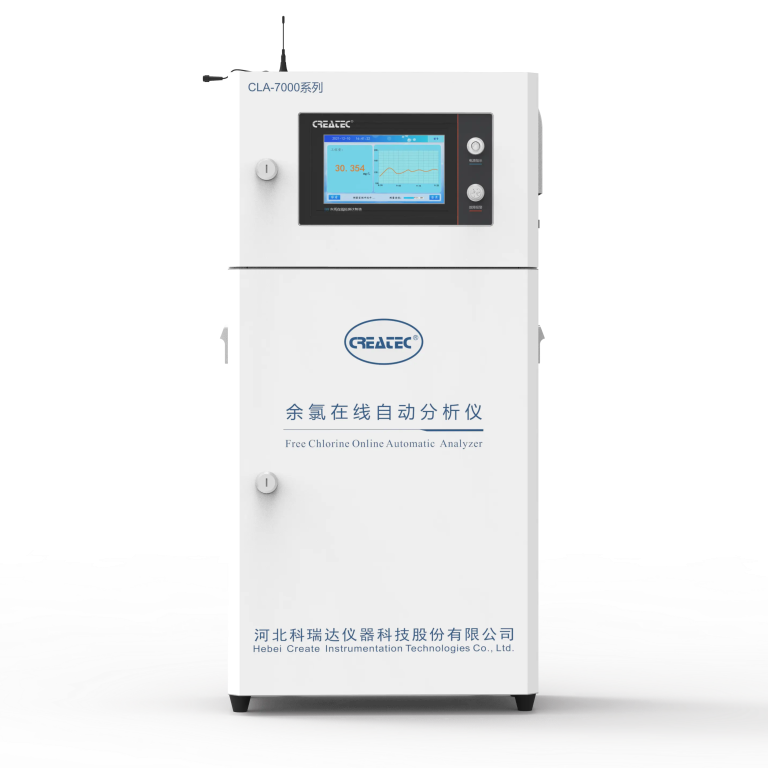Table of Contents
How Does a Differential Pressure Flow Transmitter Measure Flow Rate?
A differential pressure flow transmitter is a crucial component in many industrial processes where accurate measurement of flow rate is essential. Understanding the working principle of this device is key to ensuring reliable and precise flow measurements. In this article, we will delve into the intricacies of how a differential pressure flow transmitter operates to measure flow rate.
At its core, a differential pressure flow transmitter relies on the principle of Bernoulli’s equation, which states that the total energy of a fluid flowing through a pipe is constant. This principle forms the basis for the calculation of flow rate using a differential pressure flow transmitter. The device measures the pressure difference between two points in a pipe, known as the upstream and downstream points. This pressure difference is directly proportional to the flow rate of the fluid passing through the pipe.
The differential pressure flow transmitter consists of a primary element, which creates a pressure drop in the fluid, and a secondary element, which measures the pressure difference. The primary element can take various forms, such as an orifice plate, venturi tube, or flow nozzle. These elements are designed to create a restriction in the flow of the fluid, causing a pressure drop across the element. The secondary element, typically a diaphragm or a bellows, measures the pressure difference between the upstream and downstream points.
The differential pressure measured by the secondary element is converted into an electrical signal by a transducer, such as a strain gauge or a capacitive sensor. This electrical signal is then transmitted to a control system or a data acquisition system, where it is processed to calculate the flow rate of the fluid. The relationship between the differential pressure and the flow rate is determined by the calibration of the transmitter, which takes into account the specific characteristics of the primary element and the fluid being measured.
One of the key advantages of using a differential pressure flow transmitter is its versatility and accuracy in measuring flow rates across a wide range of fluid types and operating conditions. The device can be easily calibrated to accommodate different flow rates and fluid viscosities, making it suitable for a variety of industrial applications. Additionally, the differential pressure flow transmitter is relatively simple in design and operation, making it a cost-effective solution for flow measurement.
In conclusion, the working principle of a differential pressure flow transmitter is based on the measurement of pressure difference between two points in a pipe to calculate the flow rate of a fluid. By utilizing Bernoulli’s equation and a combination of primary and secondary elements, the transmitter is able to provide accurate and reliable flow measurements in various industrial processes. Understanding how a differential pressure flow transmitter operates is essential for ensuring efficient and effective flow measurement in industrial applications.
Understanding the Components and Operation of a Differential Pressure Flow Transmitter
A differential pressure flow transmitter is a crucial component in many industrial processes, as it helps measure the flow rate of liquids, gases, and steam. Understanding how this device works is essential for ensuring accurate and reliable measurements in various applications.
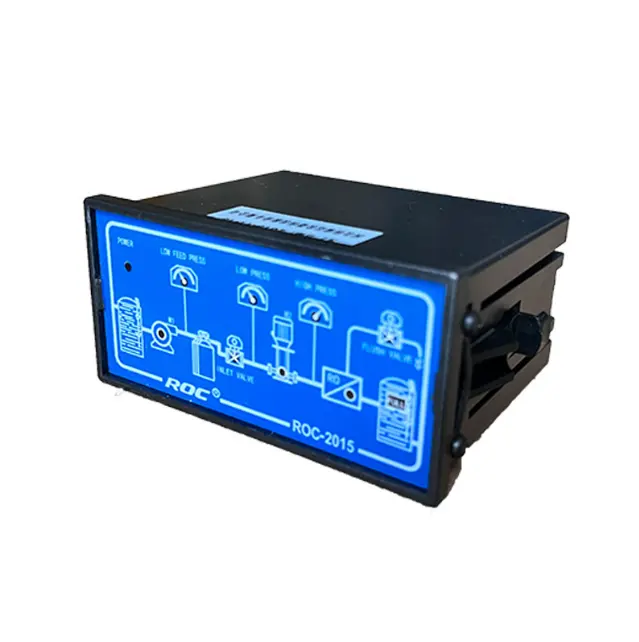
At the heart of a differential pressure flow transmitter is the principle of Bernoulli’s equation, which states that the total energy of a fluid flowing through a pipe remains constant along the flow path. This principle is used to calculate the flow rate by measuring the pressure difference between two points in the pipe.
The transmitter consists of three main components: a primary element, a transmitter, and a secondary element. The primary element, such as an orifice plate, venturi tube, or flow nozzle, creates a pressure drop in the fluid as it flows through the pipe. This pressure drop is proportional to the square of the flow rate, according to Bernoulli’s equation.
The transmitter is responsible for converting the pressure difference into an electrical signal that can be transmitted to a control system or display unit. This signal is typically in the form of a 4-20 mA current loop, where 4 mA represents zero flow and 20 mA represents maximum flow.
The secondary element, such as a diaphragm or bellows, helps protect the transmitter from the process fluid and ensures accurate measurements. It also helps amplify the pressure difference to improve the sensitivity of the transmitter.
When the fluid flows through the primary element, it creates a pressure difference between the upstream and downstream sides. This pressure difference is sensed by the transmitter, which then converts it into a proportional electrical signal. The transmitter may also compensate for factors such as temperature, density, and viscosity to provide accurate flow measurements.
One of the key advantages of a differential pressure flow transmitter is its versatility and ability to measure flow rates in a wide range of applications. It can be used for liquids, gases, and steam, as well as in high-pressure and high-temperature environments.
| Measurement range | N,N-Diethyl-1,4-phenylenediamine (DPD) spectrophotometry | |||
| Model | CLA-7112 | CLA-7212 | CLA-7113 | CLA-7213 |
| Inlet channel | Single channel | Double channel | Single channel | Double channel |
| Measurement range | Free chlorine\\uff1a(0.0-2.0)mg/L ,Calculated as Cl2; | Free chlorine:(0.5-10.0)mg/L ,Calculated as Cl2; | ||
| pH\\uff1a\\uff080-14\\uff09\\uff1bTemperature\\uff1a\\uff080-100\\uff09\\u2103 | ||||
| Accuracy | Free chlorine:\\u00b110% or \\u00b10.05mg/L(take the large value),Calculated as Cl2; | Free chlorine:\\u00b110% or\\u00b10.25mg/L(take the large value),Calculated as Cl2; | ||
| pH:\\u00b10.1pH\\uff1bTemperature\\uff1a\\u00b10.5\\u2103 | ||||
| Measurement Period | \\u22642.5min | |||
| Sampling interval | The interval (1\\uff5e999) min can be set arbitrarily | |||
| Maintenance cycle | Recommended once a month (see maintenance chapter) | |||
| Environmental requirements | A ventilated and dry room without strong vibration;Recommended room temperature\\uff1a\\uff0815\\uff5e28\\uff09\\u2103\\uff1bRelative humidity\\uff1a\\u226485%\\uff08No condensation\\uff09 | |||
| Water sample flow | \\uff08200-400\\uff09 mL/min | |||
| Inlet pressure | \\uff080.1-0.3\\uff09 bar | |||
| Inlet water temperature range | \\uff080-40\\uff09\\u2103 | |||
| Power supply | AC (100-240)V\\uff1b 50/60Hz | |||
| Power | 120W | |||
| Power connection | The 3-core power cord with plug is connected to the mains socket with ground wire | |||
| Data output | RS232/RS485/\\uff084\\uff5e20\\uff09mA | |||
| Size | H*W*D\\uff1a\\uff08800*400*200\\uff09mm | |||
Transitional phrases such as “in addition,” “furthermore,” and “moreover” can help guide the reader through the article and connect different ideas seamlessly. For example, in addition to measuring flow rates, a differential pressure flow transmitter can also provide valuable information about the process conditions, such as pressure, temperature, and density.
Furthermore, the transmitter can be integrated with a control system to automate the flow control process and optimize efficiency. This can help reduce energy consumption, minimize waste, and improve overall process performance.
Moreover, regular calibration and maintenance are essential to ensure the accuracy and reliability of a differential pressure flow transmitter. This involves checking for any drift in the measurements, calibrating the transmitter if necessary, and replacing any worn-out components.
In conclusion, understanding the components and operation of a differential pressure flow transmitter is essential for ensuring accurate and reliable flow measurements in industrial processes. By leveraging the principle of Bernoulli’s equation and using the right primary element, transmitter, and secondary element, this device can provide valuable insights into the flow dynamics of liquids, gases, and steam. Regular calibration and maintenance are also crucial to maximize the performance and longevity of the transmitter.


